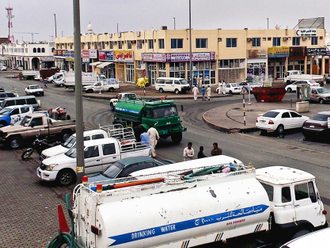
Cuba’s main international terminal is getting a $10.2 (Dh37 million) million overhaul to improve operations at the overcrowded facility, according to state-run media.
The Havana Reporter, an English-language semi-weekly newspaper that hit kiosks Tuesday, said the Terminal 3 upgrade will include eight footbridges for boarding and the expansion of a parking area outside the terminal.
Government website Cubadebate added that the project also calls for new walkways, additional check-in counters, lighting and air conditioning improvements and systems to conserve water and electricity.
Airport director Juan Carlos Quintana told Cubadebate that the eastern part of the terminal will be upgraded to accommodate larger aircraft, and nearly 17,500 square metres of new roofing has already been installed.
Terminal 3 is the most modern of the Jose Marti International Airport’s terminals. It was built with Canadian assistance at a cost of $93 million, and inaugurated in 1998 in a ceremony involving Fidel Castro and Canada’s then-premier, Jean Chretien.
However it has not kept up with increasing traffic since then, and at times seems to be straining at the seams with long waits at check-in, immigration, security and baggage claim.
Cubadebate said the terminal has as many as 1,800 to 2,000 travellers passing through at times, a number that can rise to 2,500 if people accompanying passengers to the airport are factored in.
“The design today only allows for the terminal to accommodate 1,400 passengers, a number lower than the real volume that exists in these moments, which hurts the quality of service,” the website said.
Overall, 2.5 million travellers pass through Terminal 3 each year, according to Cubadebate.
The terminal handles most international traffic with the exception of charter flights to and from the United States, which go through Terminal 2.
The number of travellers to the island has increased steadily since the 1990s, when in the midst of a severe economic crisis following the break-up of the Soviet Union, Castro’s Communist-run government turned to tourism for badly needed hard currency.
Some 2.7 million tourists visited the island in 2011, according to the most recent government figure available, up from 2.1 million in 2007. Authorities predict it will hit 3 million this year.
Canada sends more travellers to Cuba than any other country, followed by England, Italy and Spain.
Repairs on the terminal began earlier in July and are expected to last six months, during which time access will be restricted to passengers only, Cubadebate said.






